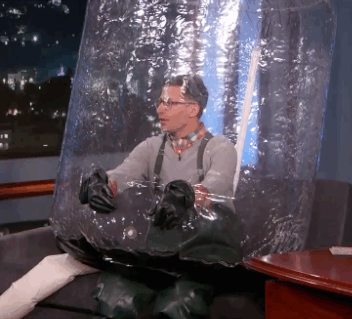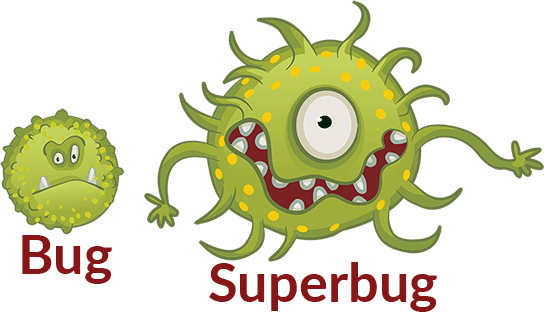My mom heard locusts the other night. That means two things: school is about to start, but before that, fair season is upon us.
If you’re in the West Central Ohio viewing and listening region, you already know… “It’s that time of season, it’s that time of year. The Allen County Fair is here!” Yes, my home county fair has a jingle. And you bet your sweet behind that every time I hear it, I sing along. As one of the largest 4-H fairs in Ohio, the Allen County Fair is like the Super Bowl. Every year, I spent the other 11 months getting excited for the coming August.

If this were 2007, I’d be attending several club meetings, finishing my project books, discussing with my dad what birds and how many I would take to the fair, cleaning out the show box, washing birds, feeding broilers, participating in the livestock Skill-a-Thon, sending in my entries, attending Junior Fair Board meetings, helping set up the poultry barn and the 4-H displays, studying for showmanship, going to special interest judging with my guinea pig or my (short-lived) cooking and sewing projects, heading to band camp to rehearse for the Fair Parade and Kewpee Showcase of Bands, picking up my Fair ID, balancing 4-H and volleyball and a part-time job, and twiddling my thumbs until we would pack up chickens, ducks, and geese and drive 6 miles to coop them in. Everything I had waited all year for would commence on the third Friday in August.
Except the past few years, it has been very different. Of the past eight Allen County fairs, I’ve seen two. For one, I was lucky enough to judge the market poultry classes with my dad. The other, I was confined to the bleachers watching younger versions of myself doing all the things I used to live for. That’s the most unfair thing about the fair… it ends for you and someone else takes your place.

Since 2007, I have traveled with my dad judging fairs and shows all across the Midwest. I’ve been able to branch out on my own and conquer parts of Arkansas, Missouri, and Oklahoma. Deciding the fates of (what feels like) little baby 4-Hers at fairs big and small satisfies my need for holding chickens and eating fried Oreos, but it doesn’t quite hit that part of my heart that desperately wants to be 13 years old, twiddling my thumbs waiting and preparing for the fair. But, I have to remember my place.
My parents did everything they could to help me prepare for show day, but it was, ultimately, my job to earn (or not earn) a ribbon. Unfortunately, there are too many parents, guardians, club leaders, Ag teachers, and adults doing everything. Folks fitting the heifer, gluing the rocket, walking the pigs, feeding the rabbits, sewing the dress, ruthlessly drilling showmanship answers into their heads, selecting their animals for them, the list goes on. Helping with those things is wonderful, but doing all of those things establishes your place as a 40-Year-Old 4-Her. Who gets the credit? Who feels the pride? The adult, or the kid? To me, it feels like plagiarism… taking the credit for someone else’s work. 4-H is meant to educate and train a generation of young, confident, self-sufficient kids. To truly make the best better, kids have to learn to do for themselves. They either fail or fly on their own. That is not to say they won’t need your help. Trust me, they will. At the end of the fair, it’s the 4-Hers’ projects, their animals, their trophies, their club, their learning experiences, and their work, win or lose.
My place as a 4-H parent is light years away. However, I do feel privileged enough to be a 4-H cousin to my little poultry protégé, Michaela. I want her to succeed, like really, really want her to succeed. She’s a smart cookie and knows her stuff, just like I did. Sometimes I forget she’s not me and this isn’t 2007. I don’t want to become her 26-Year-Old 4-Her. All I can do is answer her questions and gently remind her to stand still, speak clearly, and smile. I trust her that she can do the work on her own. That’s all she needs me to do.

I genuinely miss my time spent as a 4-Her. There was so much work that led up to it, but the best part was spending time, hanging out with my family and friends. I needed my Fitbit back then to track the endless miles we ran around the midway, and one of those clicker counters for the times I begged my dad for $5 to try and win a rabbit or a goldfish. We definitely played more hands of cards than any Vegas blackjack dealer. I probably consumed my weight in sausage sandwiches, fried cheese on a stick, and Linda Green’s homemade dope (aka ice cream sundae syrup stuff.) But I also learned valuable lessons like: how to earn some easy money from parents by spying on the older kids at the Junior Fair Dance, “you can either raise turkeys or go to college,” a sash and a crown gets you free fries for a week, and the best locations for people watching, because county fairs are basically the Olympics of people watching.
This year, I will have two full fair weeks and an Ag Progress Days in Pennsylvania before I head home for my 167th Allen County Fair. On Saturday and Sunday, I’ll take my place in the bleachers, cheer on, and mouth/pantomime “SMILE!” to the 4-Hers who have taken my place. Then I’ll go get some fried Oreos, congratulate the kids, and continue reminiscing my own glory days.

Good luck to all the 4-Hers in the thick of fair season. Hope to see you at the fair!
















 ***Once a VFD is obtained, you, your veterinarian, and the distributor must keep the signed copy on file for 2 years. This requirement allows for speedy investigation if there is a disease outbreak or other “chink in the chain” between veterinarians, distributors, and growers.
***Once a VFD is obtained, you, your veterinarian, and the distributor must keep the signed copy on file for 2 years. This requirement allows for speedy investigation if there is a disease outbreak or other “chink in the chain” between veterinarians, distributors, and growers.














